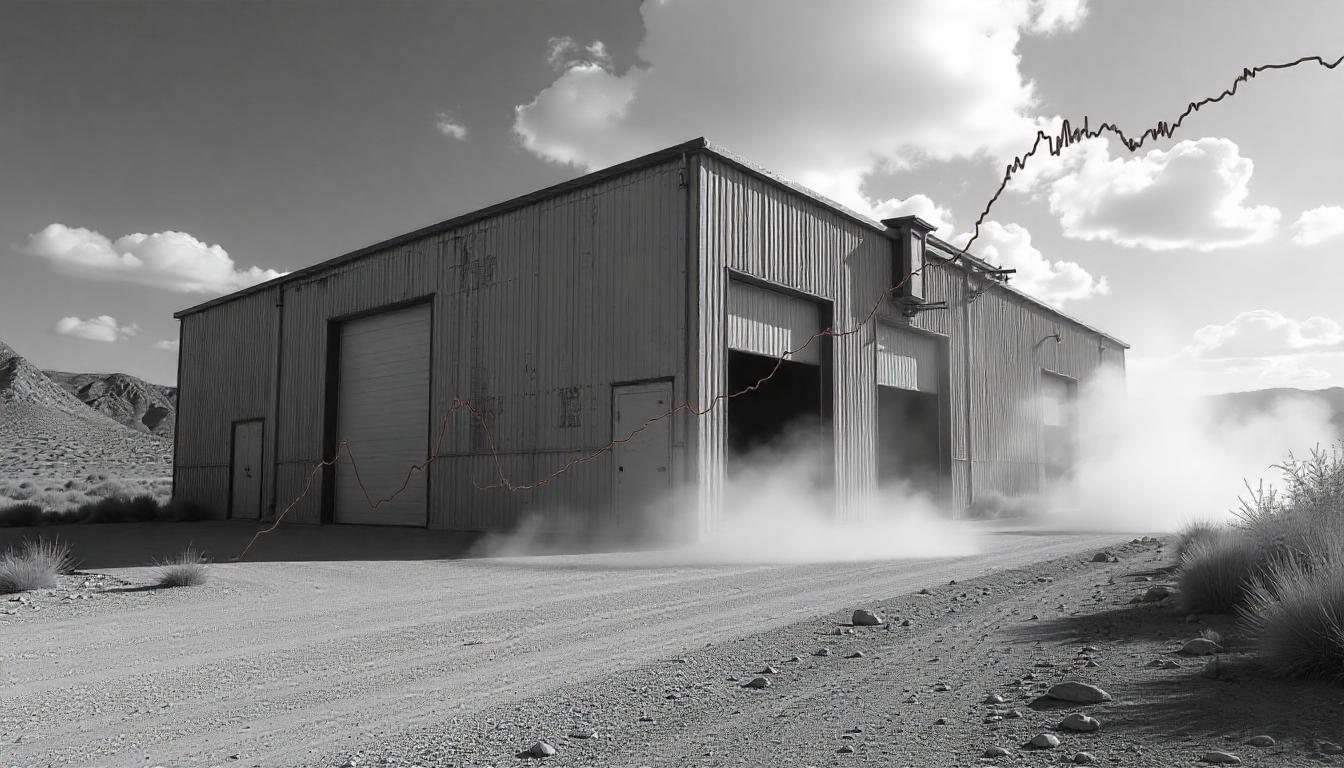Bitcoin’s mining difficulty reached a new peak of 114.7 trillion (T), following a 5.6% increase over the weekend, as reported by CoinWarz. This significant rise coincides with a signal from the Hash Ribbon indicator, which points to miner capitulation—a phenomenon often seen when miners can no longer profitably operate due to higher operational costs compared to bitcoin’s market value. This capitulation event is frequently followed by a local price bottom for the cryptocurrency.
The Hash Ribbon indicator, which tracks mining activity and profitability, suggests that bitcoin miners have been under increasing strain. Data from Glassnode shows that the miner capitulation started in early February, with bitcoin’s value dropping by over 4% in the month so far. Historically, when this signal occurs, it often precedes a rebound in the asset’s price, marking a potential bottom.
If this pattern holds true, the price of bitcoin could find support around $91,000. The most recent example of this signal came in October 2024, just before a 50% rally in bitcoin’s price.
The increase in mining difficulty stems from a surge in bitcoin’s hash rate, which hit an all-time high on February 4. Mining difficulty is adjusted every 2,016 blocks to ensure the average block time remains close to 10 minutes. As difficulty rises, miners face heightened competition, adding pressure on their profitability. Riot Platforms (RIOT) was the only major public miner to report a month-over-month production increase in January, reflecting the challenging environment for miners.





